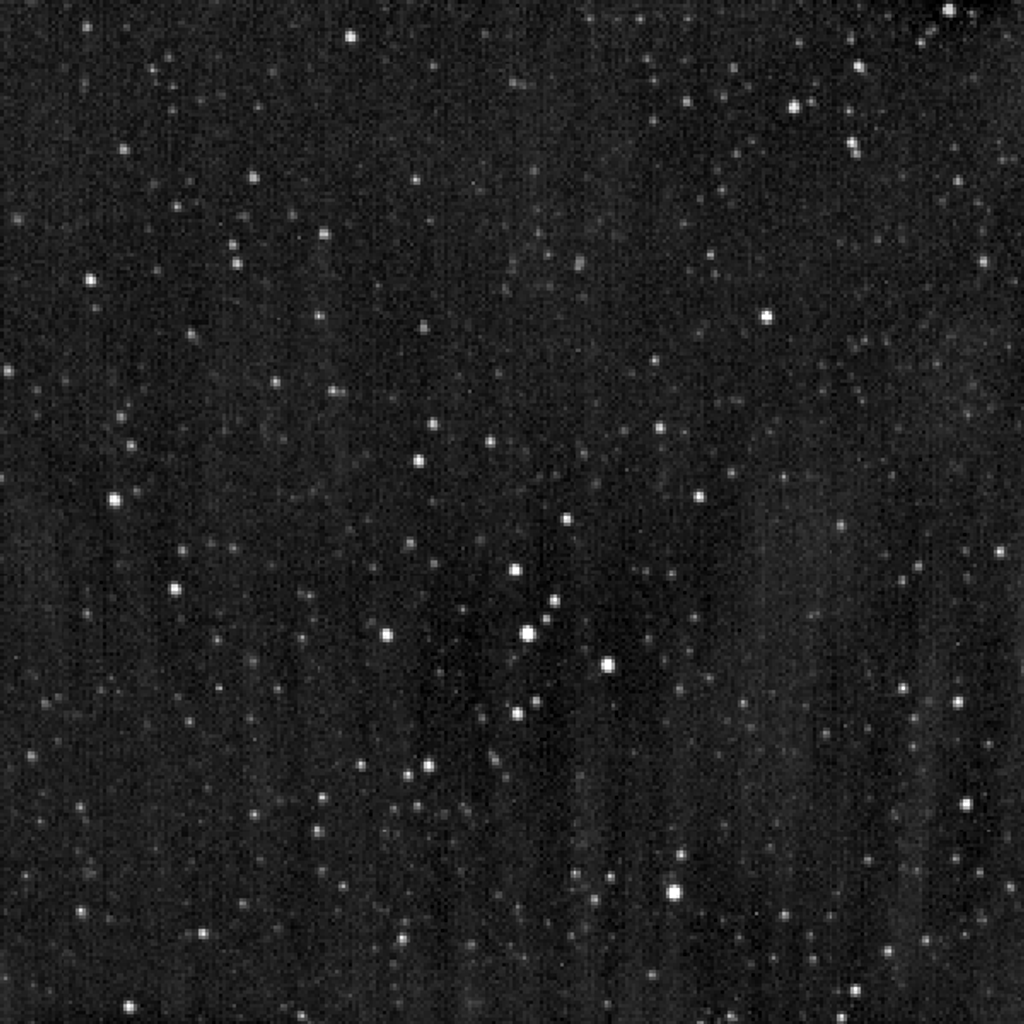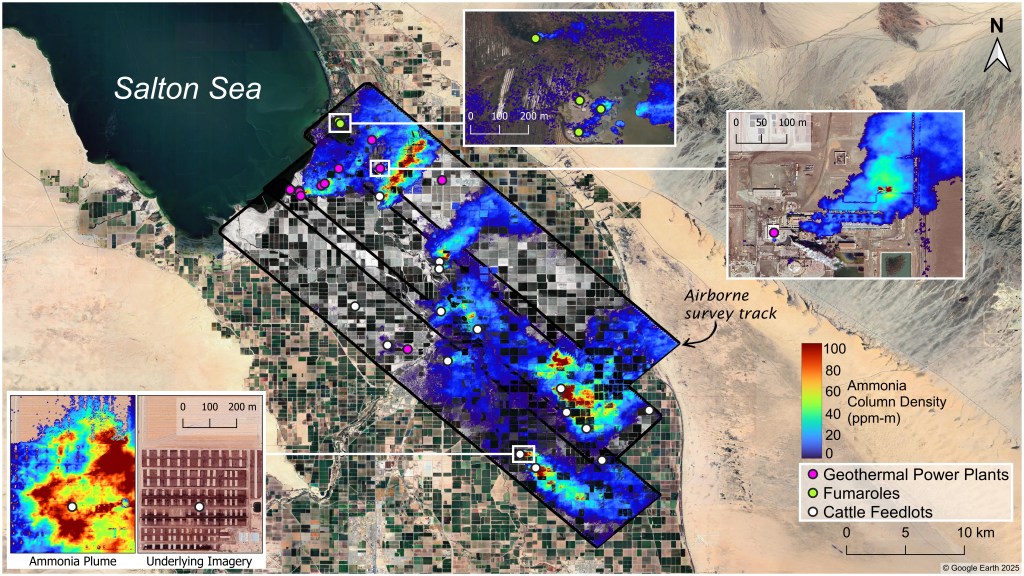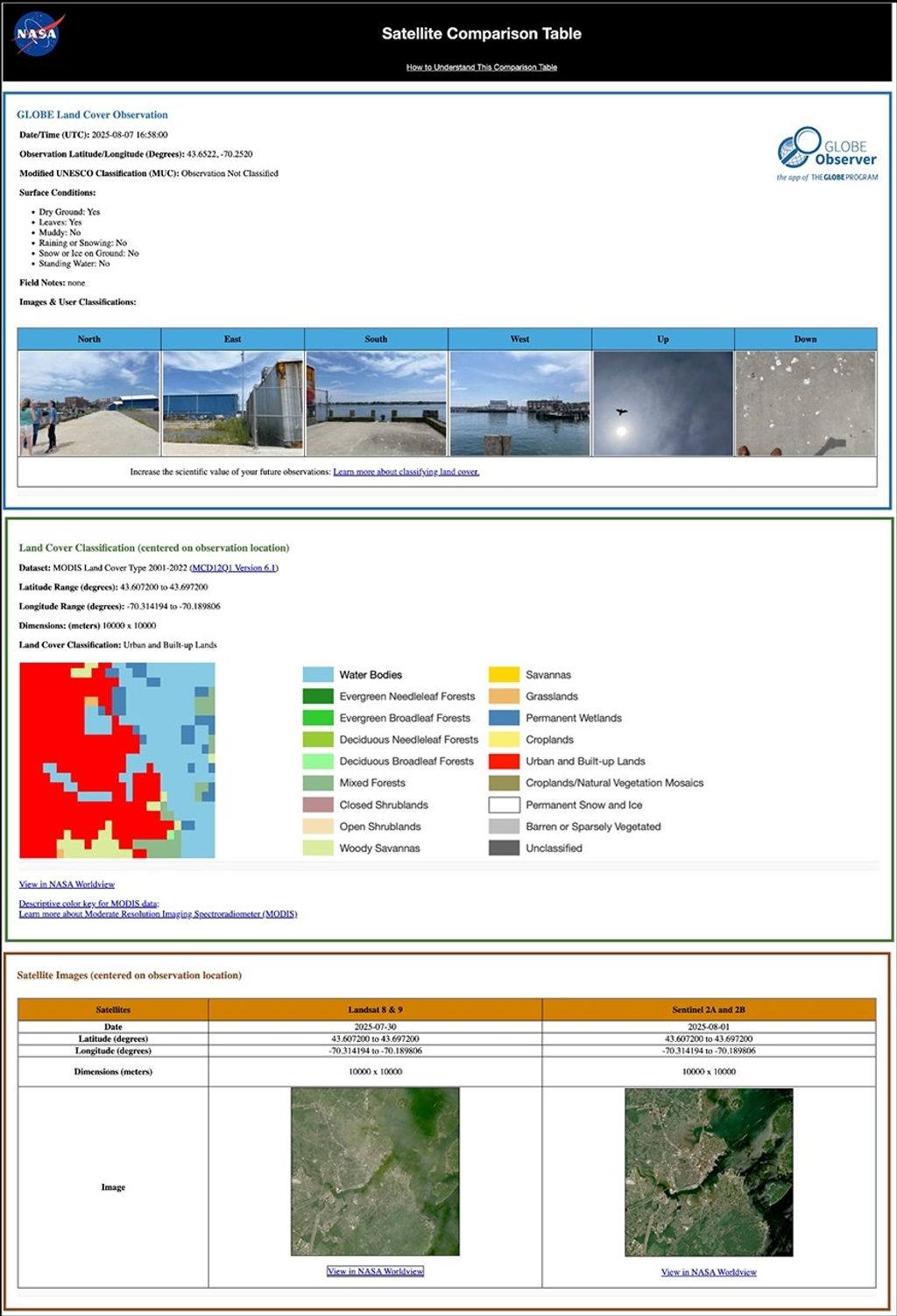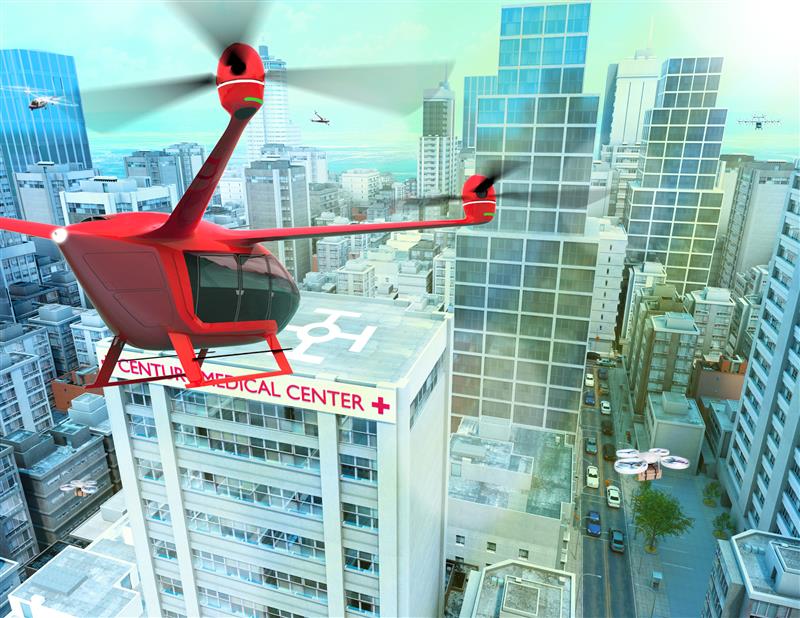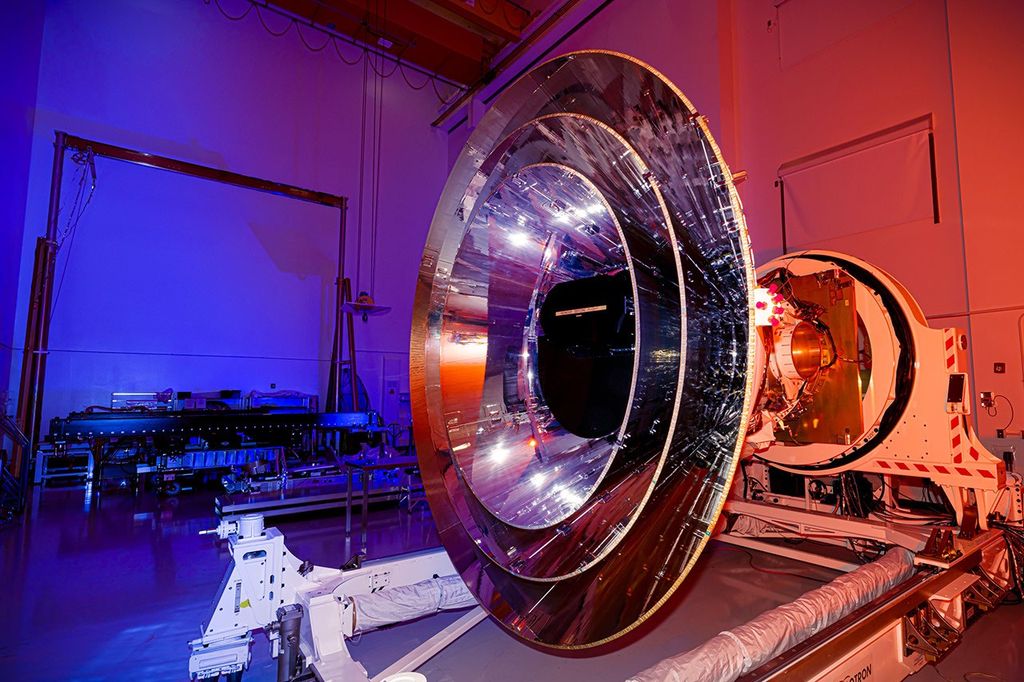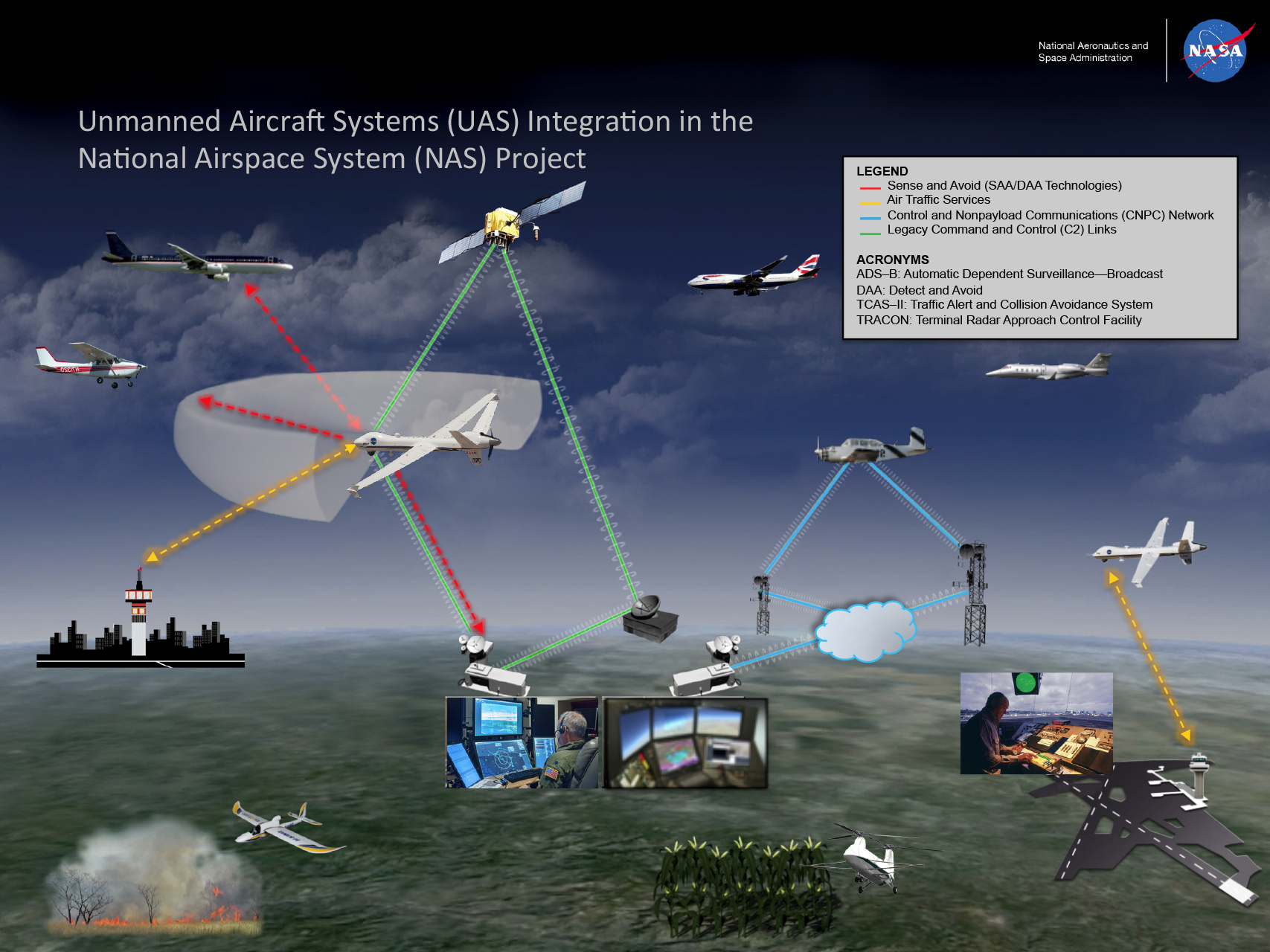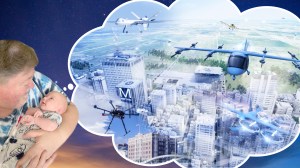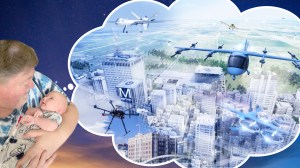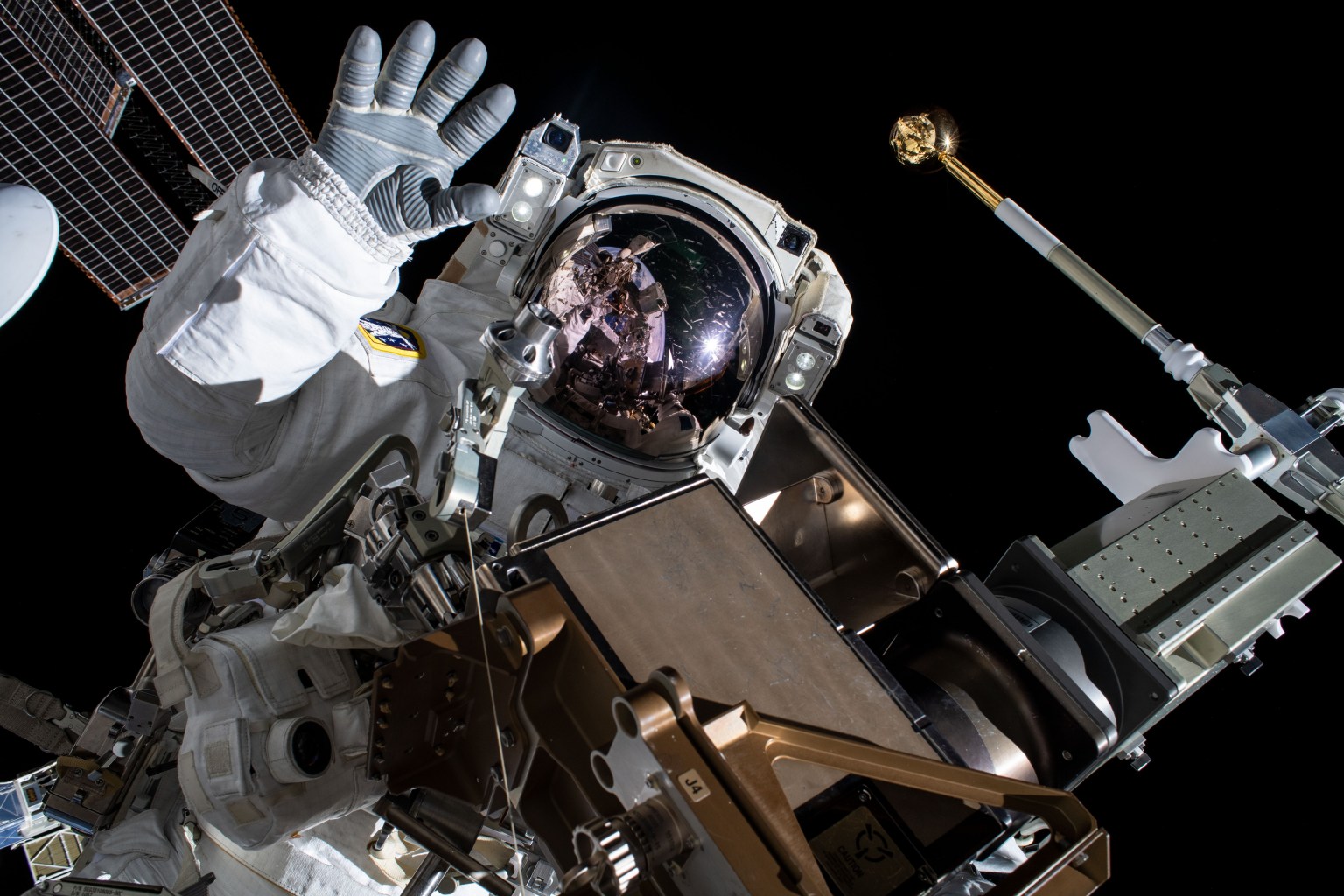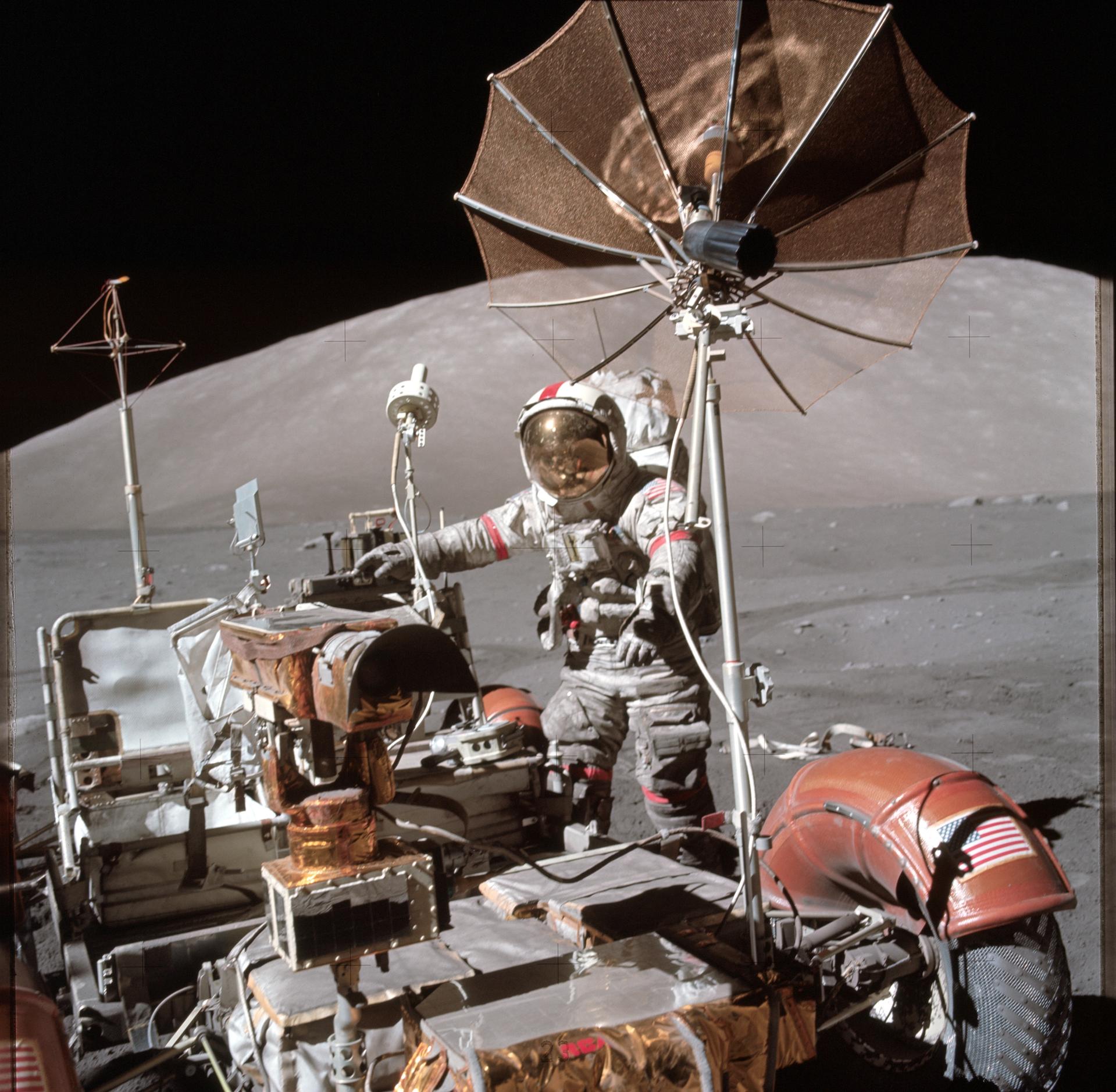Editor’s note: The UAS in the NAS project was concluded in September 2020. This material is being kept online for historical purposes, but it will no longer be updated.
MARCH 24, 2015
Data collection for a human-the-loop simulation conducted by the Unmanned Aircraft Systems (UAS) Integration in the National Airspace System (NAS) Project was completed on March 20, 2015.
The simulation was an integrated event that required participation and support from multiple technical areas within the UAS in the NAS Project: Human Systems Integration, Integrated Testing and Evaluation, and Separation Assurance, Sense and Avoid and Interoperability. The Air Force Research Laboratory also provided major technical support.
The simulation was the third in a series of studies examining the impact of maneuver guidance on UAS pilots’ ability to perform the detect-and-avoid (DAA) task; i.e., maintaining well clear from other aircraft. Part Task 5 presented 16 active UAS operators with four different traffic display configurations, each differing in the type of maneuver guidance information they made available to the pilot. The participants were then tasked with flying a mission route within Class E, Oakland Center airspace while remaining well clear of nearby aircraft. A confederate controller managed the simulated airspace with two pseudo-pilots operating all the simulated manned traffic within the sector.
The results of Part Task 5 will be used to inform the first draft of RTCA Special Committee 228’s Minimum Operational Performance Standards for pilots performing the DAA function. In particular, the data from Part Task 5 should lead to specific recommendations regarding how much and what types of maneuver guidance should be required in order to ensure that pilots can safely and effectively fly in civil airspace.
POCs
Jay Shively, Human Systems Integration Division, NASA Ames Research Center
Conrad Rorie, Human Systems Integration Division/San Jose State University, NASA Ames Research Center






